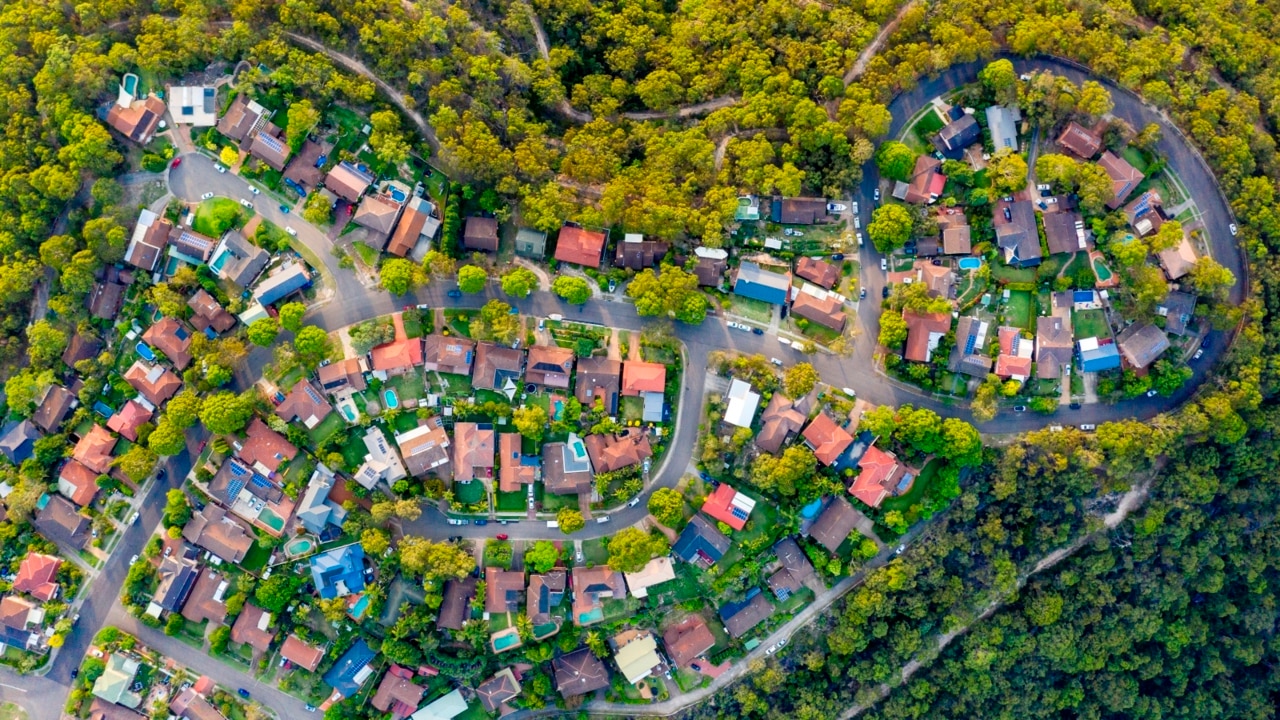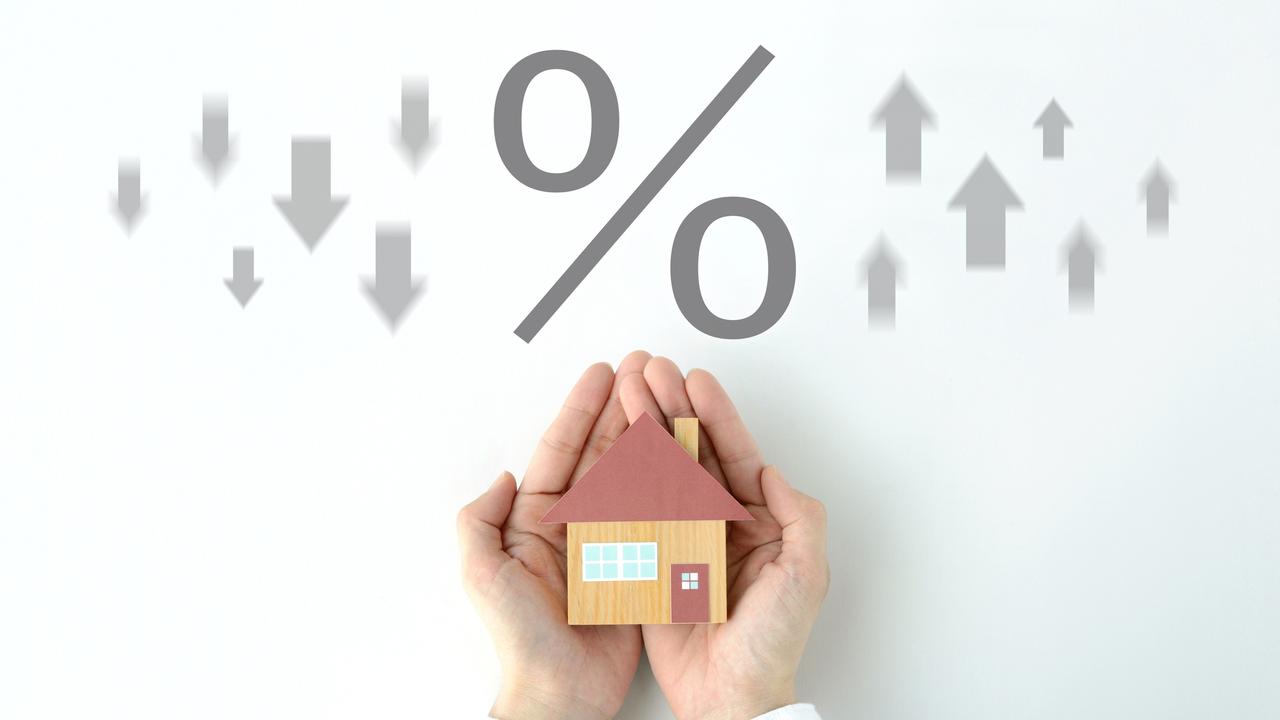Interest rates: why the biggest rises now appear to be past us
Shocked home loan borrowers are nervously asking how much further interest rates will rise. They may be pleasantly surprised.

The Reserve Bank of Australia has taken a chainsaw to many households’ finances in the past three months through its string of interest rate rises, but the worst may now be over.
It seems like a sick, twisted joke that the RBA’s only tool for fighting surging inflation is to increase Aussies’ cost of living further by pushing up variable mortgage interest rates, and the pain people are feeling is anything but funny.
Interest rate rises totalling 1.75 per cent since May 3 signal the sharpest cost spike for debt-laden households in decades. The pace of change means the RBA won’t see its real financial impact for a few months yet as economic data plays catch up with reality.
What we do know is welfare groups are sadly reporting rising demand from families who have never before sought financial help, and rate rises are dominating chats around dinner tables and barbecues even if people don’t admit to friends that they’re in trouble.
The RBA’s official cash rate was 0.1 per cent on May 1 and is now 1.85 per cent, and there’s no way the economy and households can comfortably handle another 1.75 percentage points of increases.
AMP chief economist Shane Oliver says he expects the cash rate to peak at 2.6 per cent late this year or early next year, and he believes expectations by other economists and financial markets of a 3 per cent RBA rate are too high.
“Global supply pressures on inflation appear to be easing, the RBA is already getting traction in terms of slowing demand, inflation expectations are still contained and many households will experience significant financial stress with rising rates,” Dr Oliver says.
My personal prediction earlier this year was that RBA rates wouldn’t reach 2.5 per cent because of the damage this would inflict on households with big loans, but three consecutive super-sized 0.5 percentage point rises may have blown apart that forecast. However, many analysts expect smaller, typical 0.25 percentage point rises ahead.

The RBA has copped a lot of criticism from economists and other commentators, much of it justified after borrowers and first home buyers were repeatedly told by it last year that rates shouldn’t rise until 2024. Many borrowers’ fear, uncertainty and financial pain now is terrible.
It’s also bad news for renters as the number of active investors drops dramatically and many landlords seek to offset their higher loan costs but jacking up rents in a tight market where tenants have little choice but to pay up.
As economic data flows through in the coming months, it’s likely that those predicting a cash rate above 3 per cent will have to reassess their forecasts.
“The RBA is just another forecasting outfit – albeit with more resources, but this does not make it any more accurate than other commentators when it comes to interest rates,” AMP’s Dr Oliver says.
“RBA commentary late last year indicating that it did not expect the cash rate to start rising before 2024, based on their then forecasts, was not so reliable as it changed tack quickly once it was clear that it was wrong on inflation. It could easily do the same again.”






